As the hand, foot and mouth disease (HFMD) outbreak continues to escalate nationwide at an alarming rate (the number of cases now nears 40,000, with two deaths at this point of writing), authorities have stressed the importance of practising good hygiene habits in order to curb the spread of the virus.
So far, 539 premises have remained closed, including 241 nurseries and 259 kindergartens.
But though schools and childcare centres are “hotspots” for contacting the virus, it’s also your responsibility to safeguard your home to minimise the chances of your child from contacting HFMD.
So, to ensure that your home is safe and free from HFMD viruses, here’s everything you need to know about the virus, and how to prevent it:
Table of Contents
What is HFMD?
The hand, foot and mouth disease, or more commonly known as HFMD, is a viral infection caused by the Coxsackievirus A16 virus and Enterovirus 71.
Who does it affect?
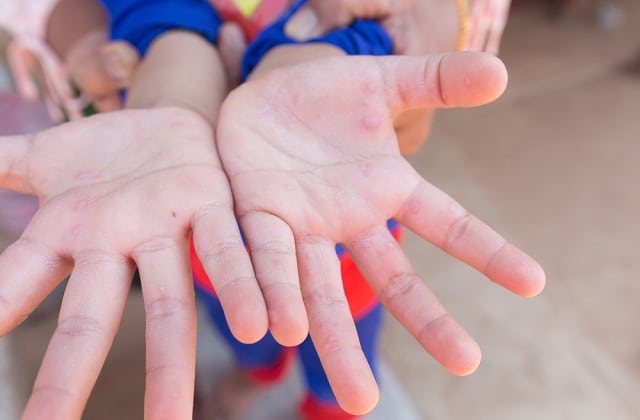
HFMD is most commonly seen around babies and young children, but it’s also possible for older children and adults to be affected as well.
How is the virus transmitted?
HMFD is highly contagious. It is mainly transmitted via contact with the body discharge of an infected person or even physical contact.
A person can also get infected if he/she comes in contact with contaminated object or surfaces, meaning if someone who has HFMD touches a surface, the next person who touches the same surface will get infected.
What are the symptoms of HFMD?
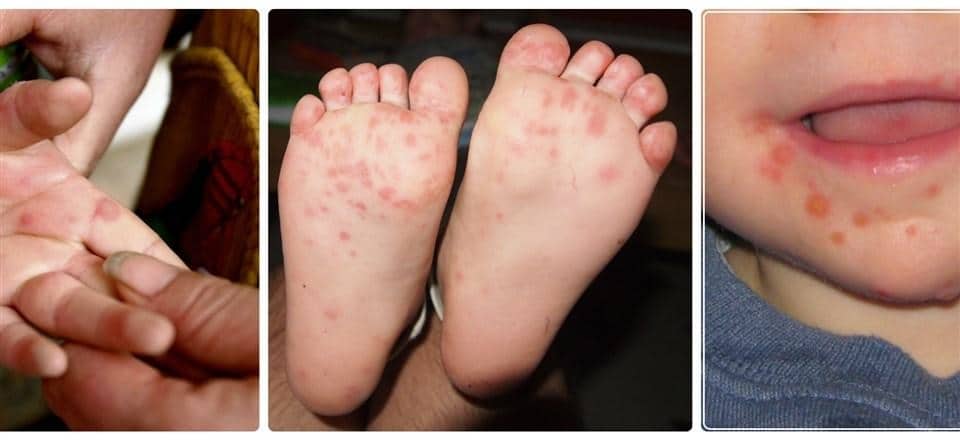
Those who are affected will experience fever, fatigue, sore throat and loss of appetite. After experiencing fever, sores will begin to develop – both in and around the mouth – and on the throat.
In addition, blisters and rashes might also appear around the hands, feet and buttock.
Why is it dangerous?
The main challenges experienced by those who are affected are dehydration and painful ulcers. This makes swallowing extremely painful.
Though rare, HFMD can be life-threatening. In serious cases, it can affect the brain and spinal cord.
Can it be cured?
There are no available vaccines to treat HFMD, though it’s usually not dangerous and will be gone within a few days as your child’s natural immunity improves.
Keep your child hydrated with plenty of liquid, and you can even treat them with ice-creams as it helps. Consuming plenty of fruits and vegetables also helps to boost the immune system. Avoid hot drinks, acidic food, and sodas though.
If the symptoms worsen, contact a doctor immediately.
How to prevent HFMD?
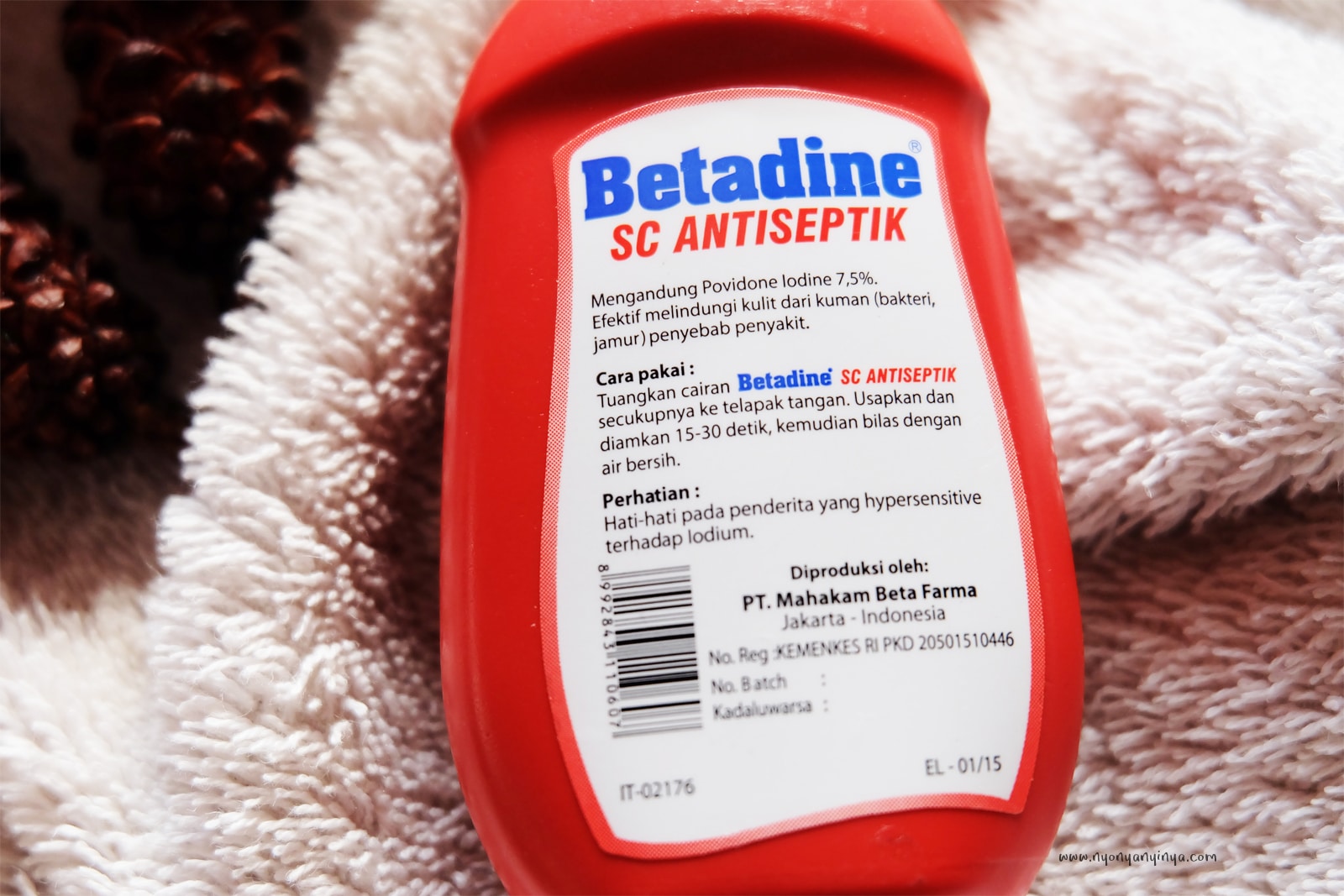
Keeping a good hygiene is important and it starts with proper hand washing. Use antiseptic cleaners that contain Povidone-iodine while applying the 7-steps of handwashing for 20 seconds.
If your child has HFMD, isolate the child from others and prevent the sharing of utensils.
Most importantly, keep your child at home to prevent him/her from spreading the virus to others.
How to clean your home
In addition, you can also ensure that your home is clean by emphasising these 4 tips:
1. Clean in straight lines
Cleaning surfaces in straight lines is much more effective at removing dirt than cleaning in a circular motion, according to Dr Yeo Wee Ming, a microbiologist and founder of SUTL EnvironTech in Singapore.
2. Make sure to clean “high traffic areas” in your home
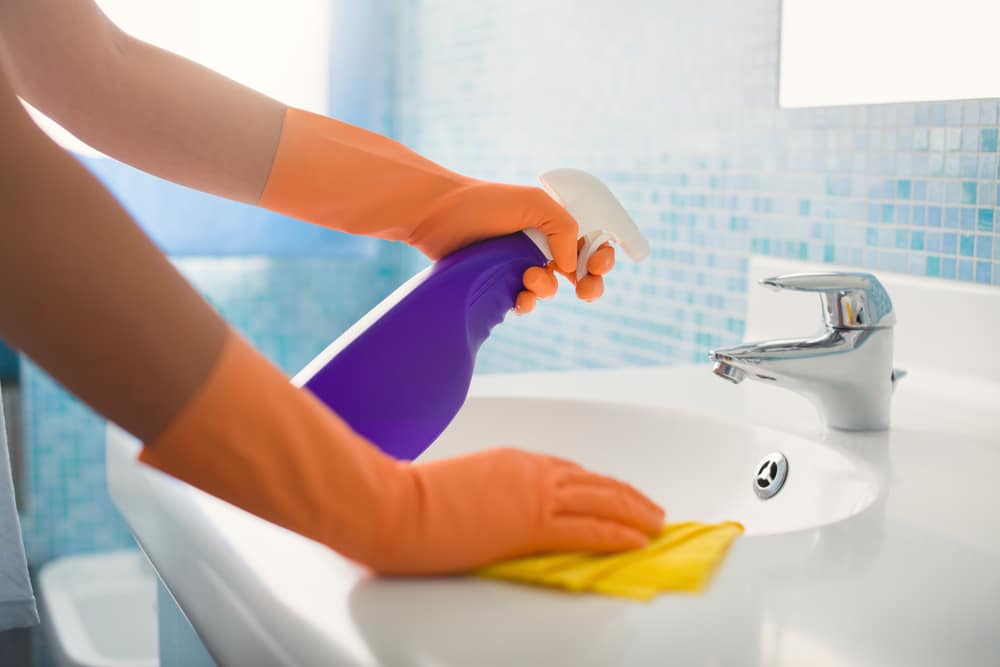
Pay closer attention to the play areas, bedrooms, bathrooms, and the kitchen, with a stronger emphasis on faucets, doorknobs, tables, countertops, utensils, toilet seats, light switches, electronic devices, computer keyboards, and toys.
3. Use strong disinfectants to clean
Unlike most germs and viruses, HFMD viruses have a stronger tolerance towards regular soaps, cleansers, and even alcohol-containing sanitisers.
They can also remain on a surface for weeks, compared to just a few days like most pathogens.
When cleaning surfaces, remember to clean with strong antibacterial cleaning agents to remove dirt and grime, and follow up with strong disinfectants such as bleach.
Remember also to follow to instructions on the label, including the right dilution and the application time needed for the disinfectants to be completely effective (don’t wipe immediately after applying the disinfectant).
4. Steam clean your home
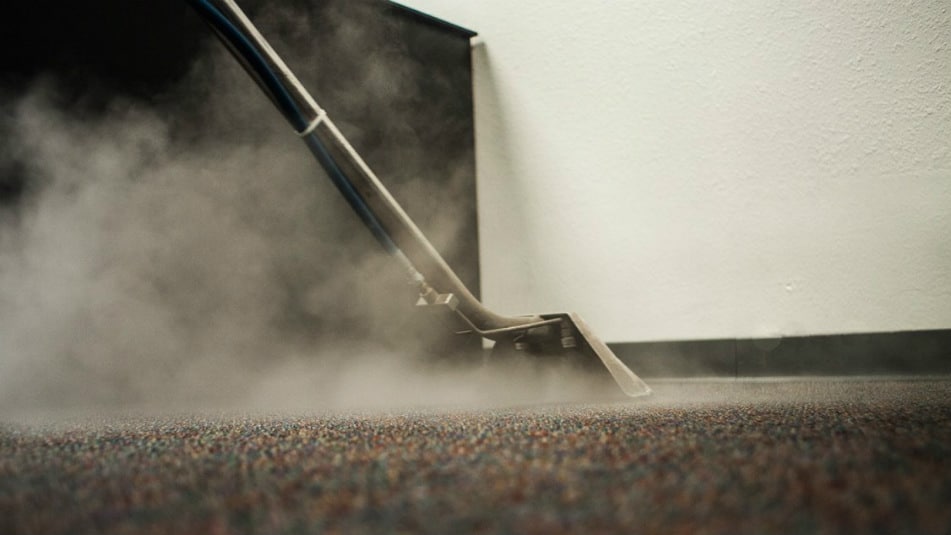
If you don’t want to clean your home using harsh chemicals, you can invest in steam cleaning machines to disinfect your home.
Steam machines generate high-pressure water vapour that will deep clean your home by eradicating harmful pathogens and dust mites, as well as removing dirt and grime.
Best of all, steam cleaning is safe and useful to clean hard-to-reach areas.
Remember that there is no treatment for HFMD, but it’s easy for your child to contact the virus.
To help make your home clean and safe, hire professional home cleaning services to thoroughly clean your home.
Get the best cleaning professionals in your local area on Recommend.my – Malaysia’s #1 home improvement site.


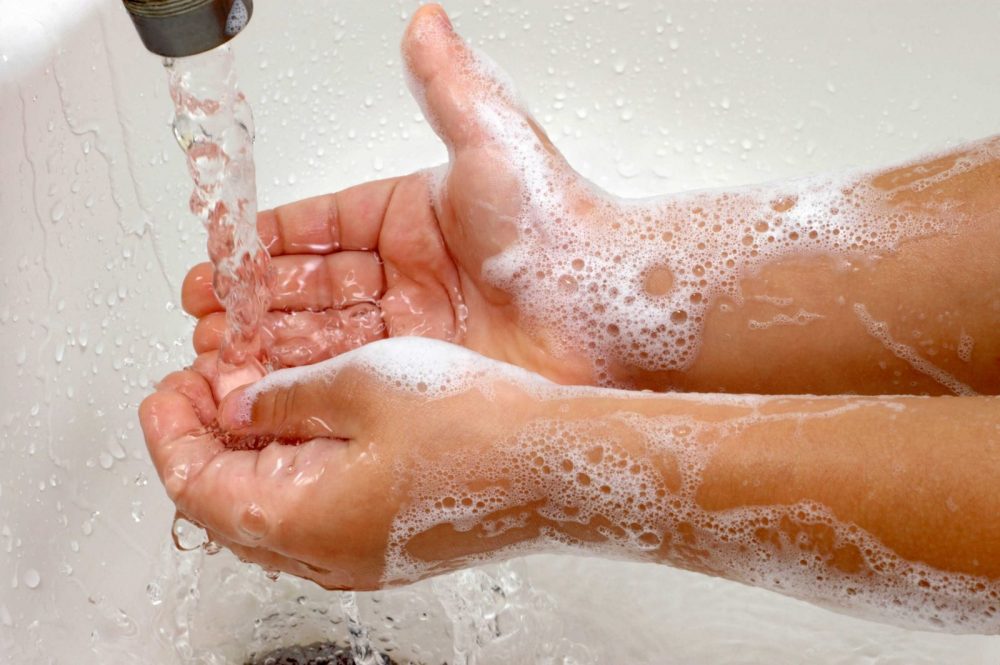
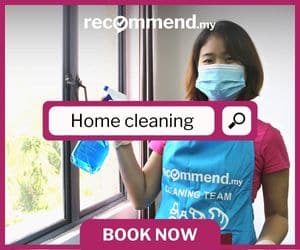
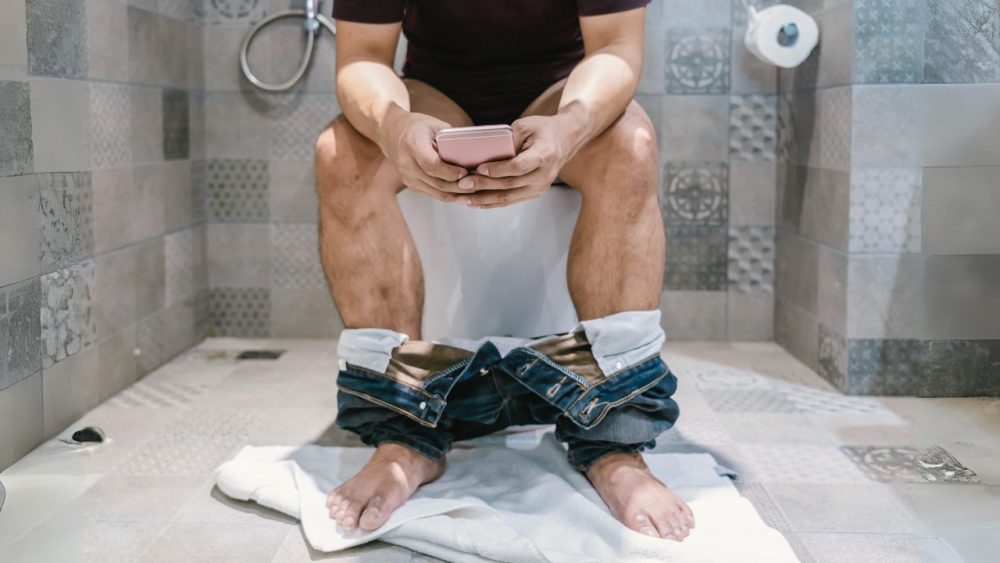
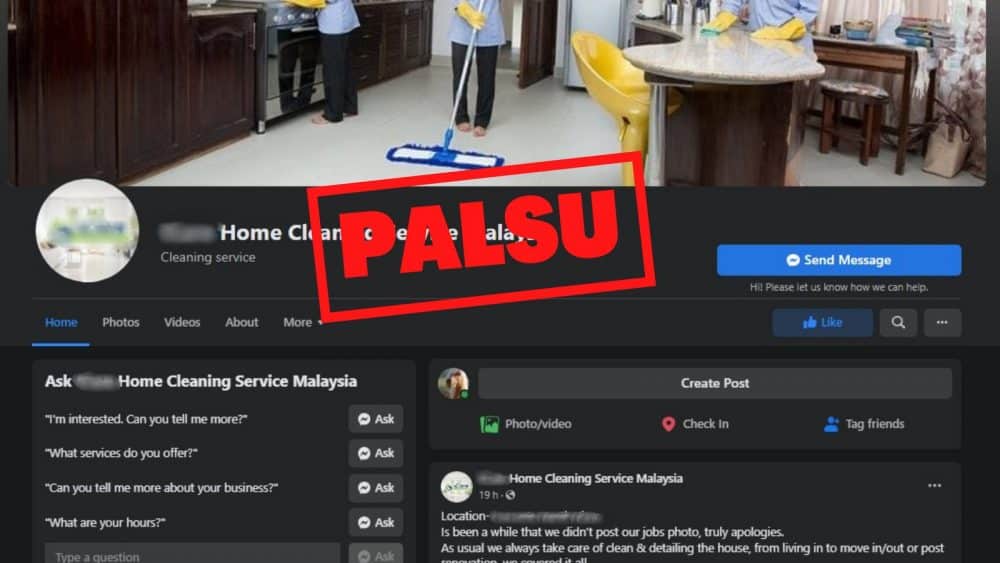
![How to Avoid Scam Home Cleaning Apps in Malaysia [And Where to Find Legitimate Ones]](https://www.recommend.my/blog/wp-content/uploads/2022/08/scam-cleaning-apps-1000x563.jpg)
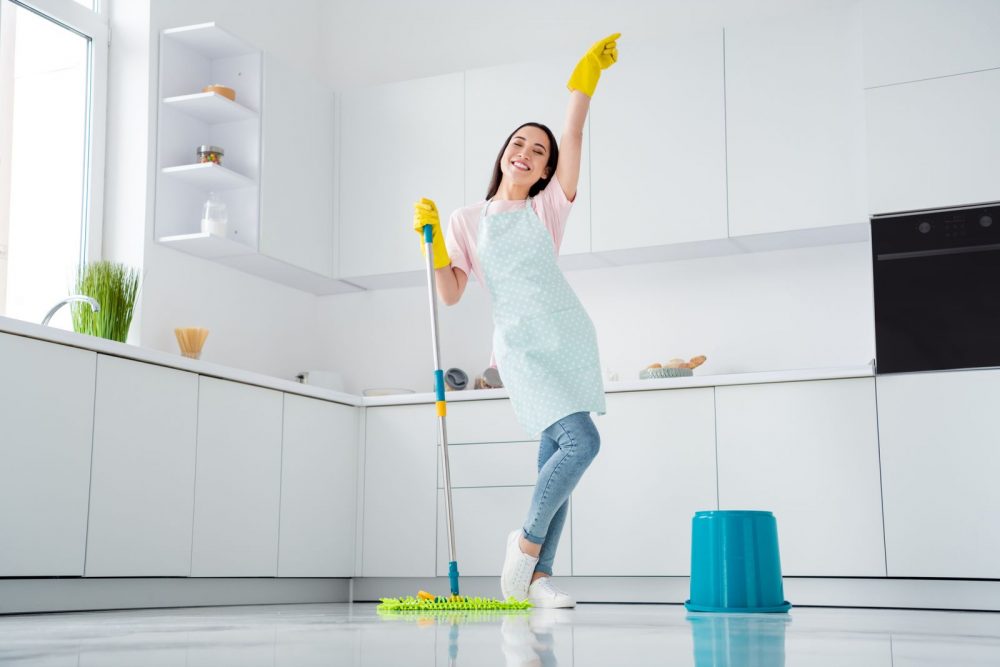
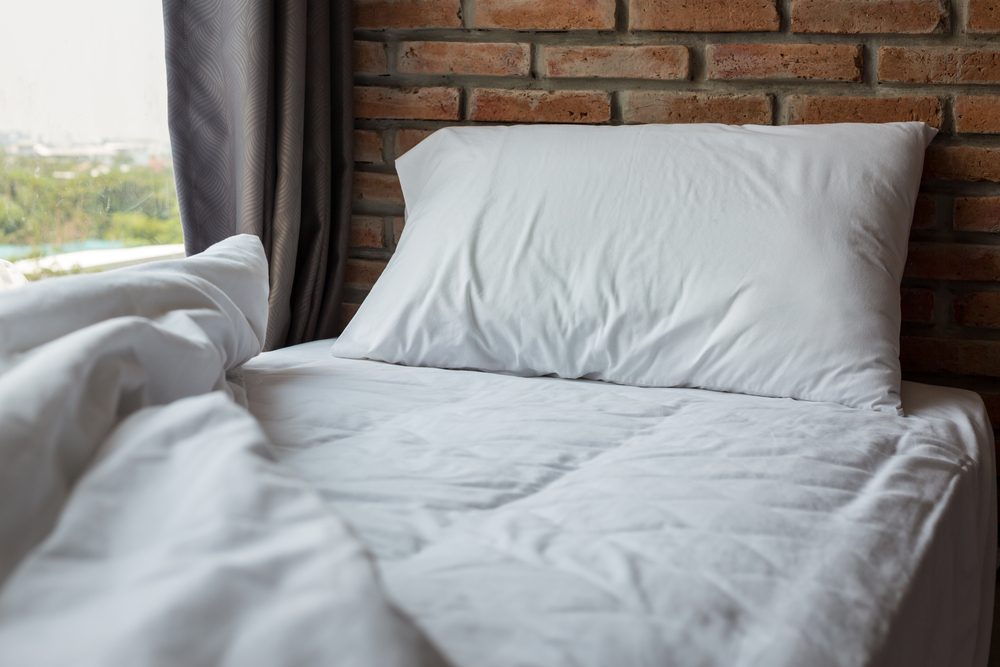
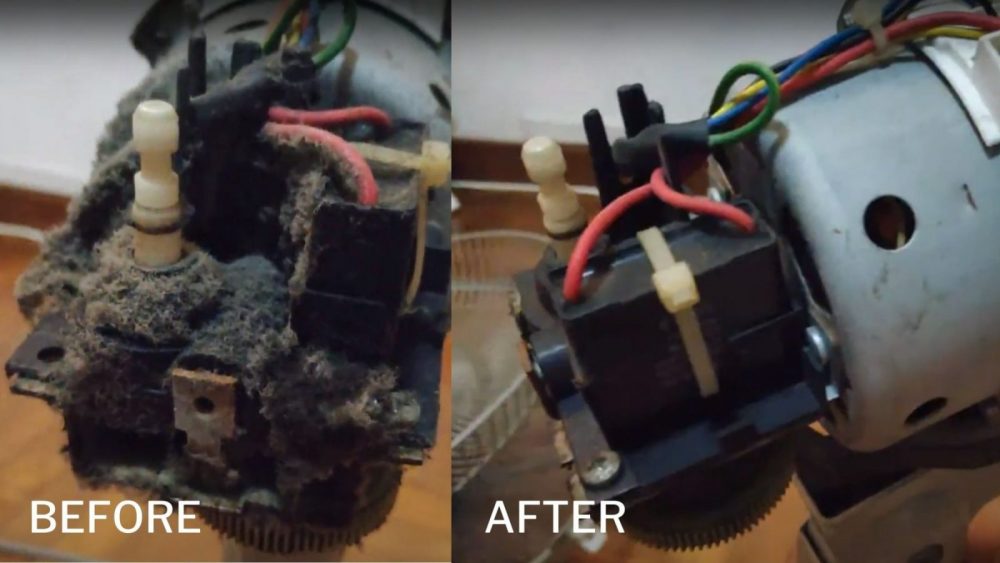
Pingback: How to Create a Safe and Comfortable Home (and Save Money Doing It) - Recommend LIVING